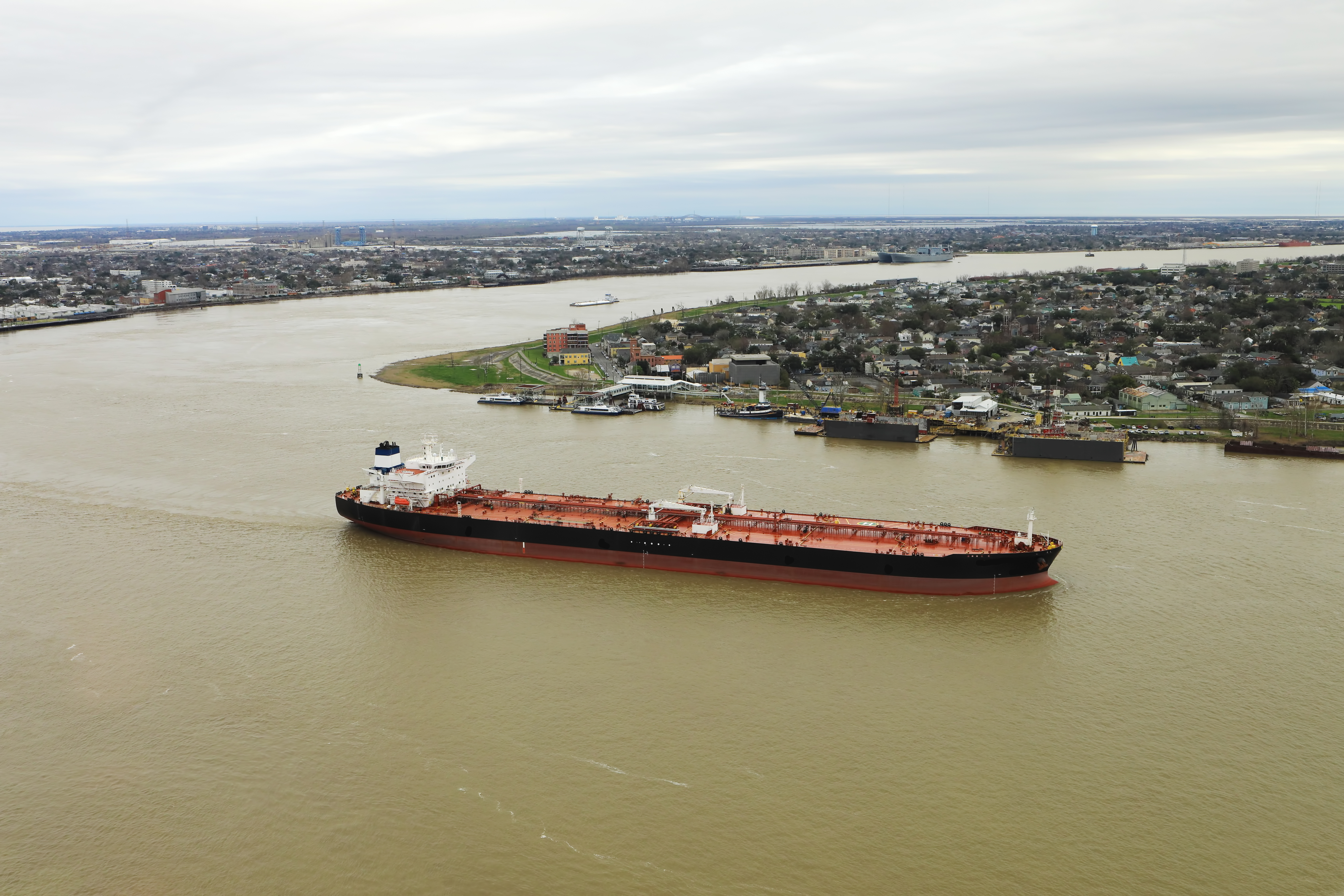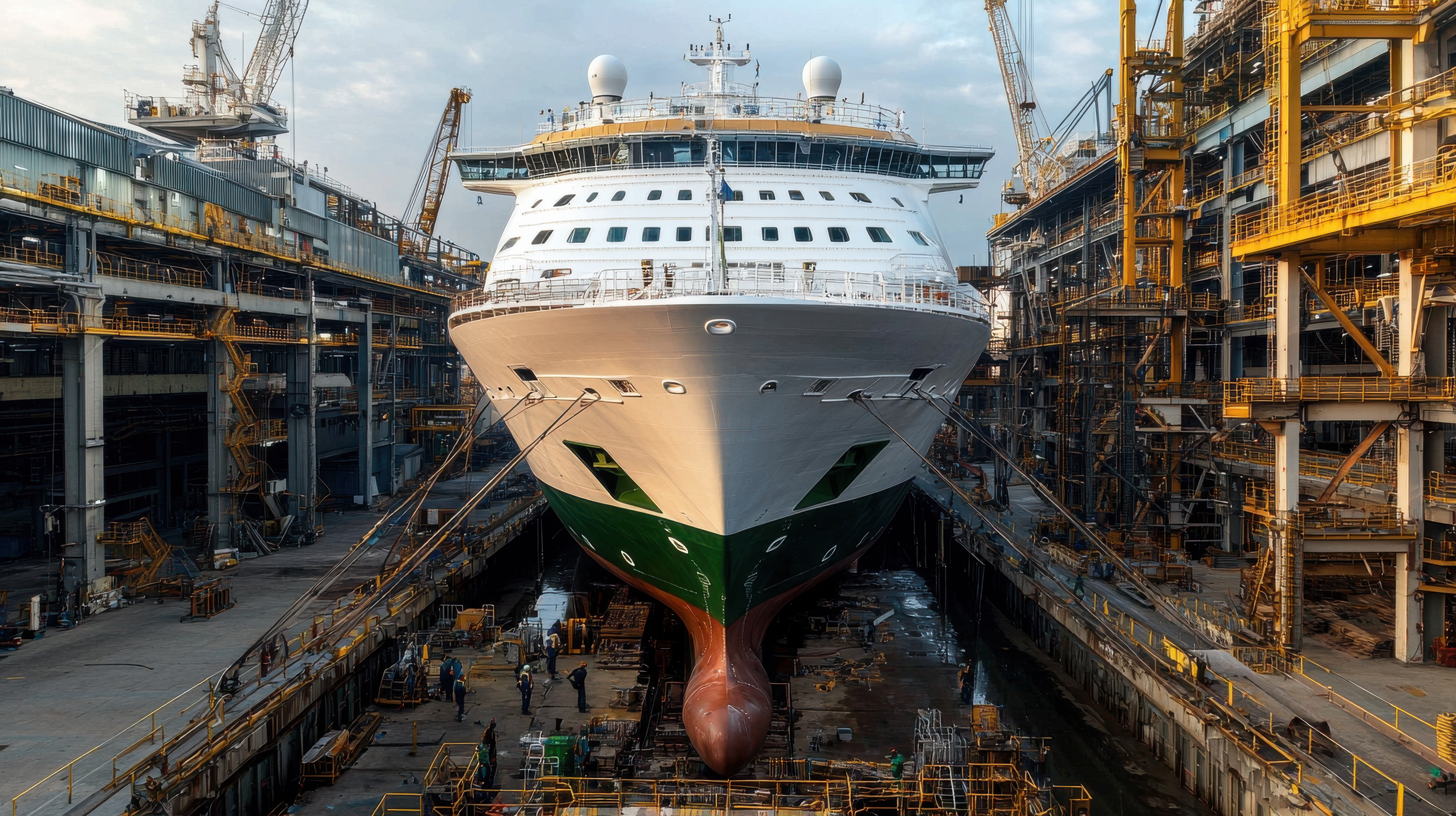
Bulk cargo shortage claim in China: Who is the Carrier? Shore scale figure or draft figure?
The Club would like to refer Members to a summary of a recent Tianjin High Court decision by the Chinese law firm of Hai Tong & Partners. The Tianjin High Court had to decide the following two issues:
- The identity of the carrier, and
- Of the discrepant shortage figures from the Customs' shore scales and the ship's draft surveys, which was to prevail?
On the first issue, the potential candidates were the shipowner, the bareboat charterer and the time charterer. The last had instructed agents to issue the bill of lading. The court determined from the facts that the time charterer was the contractual carrier under the bill of lading and the shipowner, the actual carrier.
On the second issue, the court noted that under Article 46 of the Chinese Maritime Code, the carrier's responsibility for non-containerised cargo spanned the period from the loading of the goods to the discharge of the goods. The court therefore decided that the draft figure was more accurate as it was obtained during the period when the cargo was still under the control and the responsibility of the shipowner whereas the shore scale figure was obtained only after the cargo had left the ship and was no longer under the control and responsibility of the shipowner.
This second instance court judgment was delivered in March 2023. The parties have 60 days to apply to the Supreme Court for a retrial and so an appeal/retrial cannot as yet be ruled out. Hai Tong's concluding comments suggest that other, including potentially conflicting, decisions on the second issue may still be expected.
Hai Tong & Partners' summary of this case, in English and in Chinese, is available to upload below.
Members may also find the following Circular from the Club's correspondents, Huatai Marine - on the subject of bulk cargo shortages at loading ports issued by the Club in April 2021, China - Bulk Cargo Shortage at Loading Port (ukpandi.com), of interest.
If Members have any questions relating to the above or on bulk cargo shortages generally, your usual contact at the Club will be pleased to assist you.





